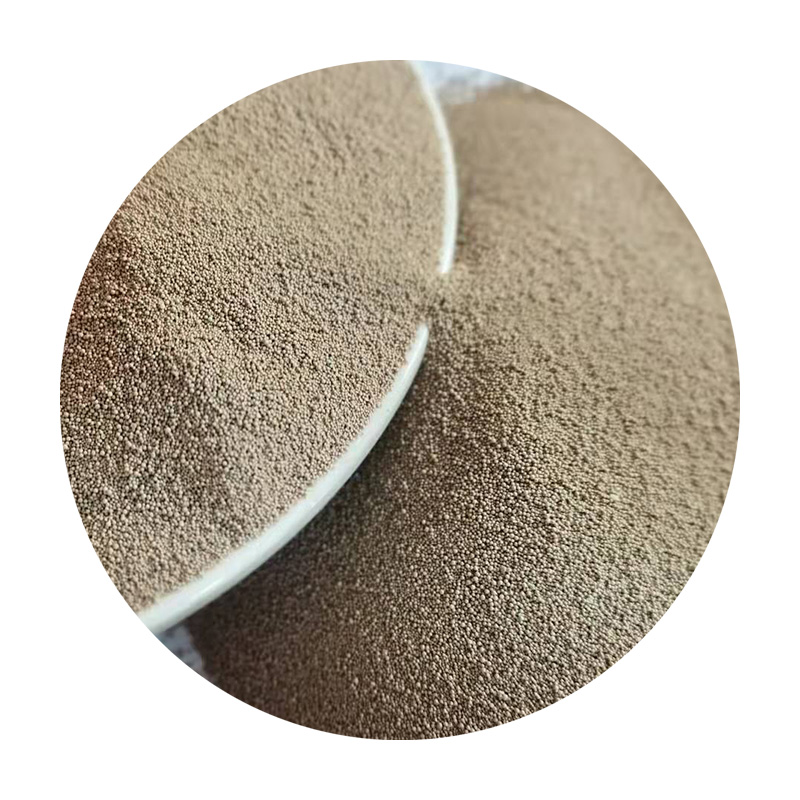Reusing Foundry Sand A Sustainable Approach to Metal Casting
In the metal casting industry, foundry sand is an essential component, primarily used as a molding material to shape and support molten metal. Traditionally, this sand is discarded after a single use, leading to significant waste and environmental concerns. However, with the growing emphasis on sustainability and efficient resource management, the reuse of foundry sand has emerged as a viable and eco-friendly solution.
Foundry sand, characterized by its high silica content and angular grains, is critical in producing high-quality castings. Despite its importance, the disposal of spent foundry sand poses challenges, as it can contribute to landfill overflow and environmental degradation. To combat these issues, many foundries are exploring methods to recycle and reuse this valuable resource, thereby minimizing waste and reducing operational costs.
Reusing Foundry Sand A Sustainable Approach to Metal Casting
One of the primary benefits of reusing foundry sand is the significant reduction in material costs. By recycling sand, foundries can decrease their reliance on virgin materials, leading to cost savings that can be substantial over time. Furthermore, the reuse process reduces the need for landfill space, mitigating the environmental impact associated with sand disposal. This not only aligns with sustainable production goals but also addresses regulatory pressures concerning waste management.
foundry sand reuse

In addition to cost efficiency and waste reduction, reusing foundry sand can also enhance the quality of castings. When properly reclaimed, the sand retains its desirable properties, which can improve the surface finish and dimensional accuracy of the final product. This is crucial for industries that require precision and high-quality standards, such as aerospace and automotive manufacturing.
Moreover, the reuse of foundry sand has garnered attention in other applications beyond metal casting. The construction industry, for instance, has begun to integrate recycled foundry sand into concrete mixtures, offering benefits such as improved workability and reduced material costs. This cross-industry utilization highlights the versatility of foundry sand and its potential as a sustainable material in various sectors.
Despite the clear advantages, challenges remain in the widespread adoption of sand reuse practices. The initial investment in reclamation technology can be significant, and not all foundries have the resources or infrastructure to implement such systems. Additionally, the variability in sand quality and processing techniques necessitates careful monitoring to ensure that reused sand meets industry standards.
In conclusion, the reuse of foundry sand presents a compelling opportunity for the metal casting industry to adopt more sustainable practices. By investing in reclamation technologies and embracing recycling protocols, foundries can not only alleviate environmental concerns but also enhance their operational efficiency. As awareness of sustainability continues to grow, the trend toward foundry sand reuse is likely to gain momentum, paving the way for a more circular economy within the manufacturing sector. Embracing these practices will not only benefit individual businesses but also contribute to a more sustainable future for the industry as a whole.
Post time:Tet . 06, 2024 16:49
Next:what is resin coated sand
